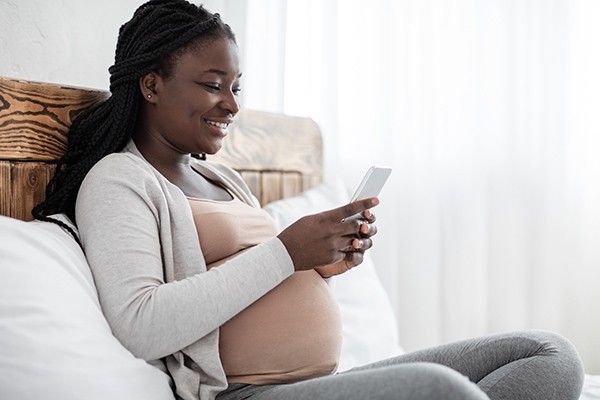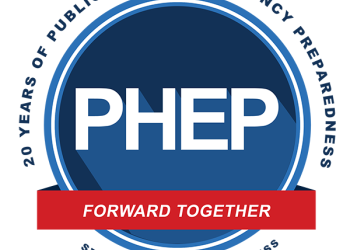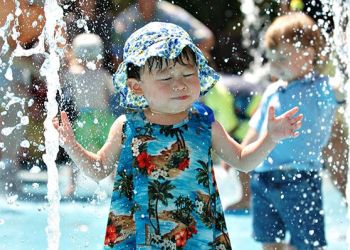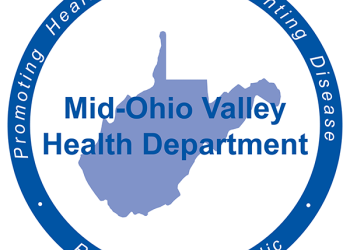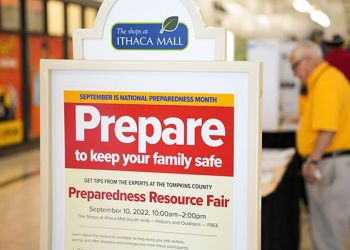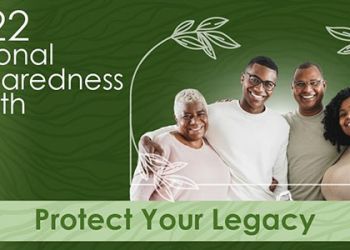Last year, with support from the Division of Reproductive Health within the Centers for Disease Control and Prevention (CDC), NACCHO provided funding to four local health departments (LHDs) to increase collaboration between maternal and child health (MCH) and emergency preparedness (EPR) programs within LHDs. By strengthening partnerships between MCH and EPR, the goal of this project was to build community resilience and improve the lives of pregnant people, birth parents, and their infants.
Over the course of a nine-month project period, NACCHO facilitated virtual action planning processes to support recipients to identify priorities for collaboration and take concrete steps to increase the prioritization women of reproductive age (WRA) within EPR programs.
To celebrate National Preparedness Month, NACCHO is highlighting the collaborations between MCH and EPR over the course of this project. We conducted an interview with awardee Sue Kauppi, Healthy Connections Care Coordinator at Western Upper Peninsula Heath Department in Michigan. She discussed her experiences working with NACCHO throughout the action planning process and shared successes, challenges, lessons learned, and future directions from the project year.

Q: Please provide an overview of your project and what activities you worked on throughout the project year.
A: During COVID, and still after, it was difficult for families to trust in places to get immunizations, to take care of their children, and to get wellbeing checkups. There’s a lot of misinformation, and parents feel more secure when they have information to care for their children and know what’s going on in the community, being able to understand facts and differentiate facts from myths. So, we thought of doing a texting service so that parents could feel better about the information they’re receiving. We decided to develop a texting service that provided fun fast facts, texting a few facts a month. We are still working on the absolute launch, which is coming up, but we have everything in order. We brought in partners from our five-county community and they all provided input. We created forms to get information in and we partnered inside our agency to find a texting service with environmental health to raise awareness about a variety of topics. We’re sharing information from around the community, other agencies like WIC, and topics related to awareness months, so they’re receiving facts about health, substance misuse, nutrition, bonding and attachment, and emergency preparedness and response.
Q: How did your participating staff team up for this project? Were you already working with each other?
A: Before this project I did collaborate often with WIC, because that’s a maternal child health program, and with home visiting groups, immunizations, and the childcare clinic as well. And I think this brought them closer for them to have a voice. But this project really bought in the emergency preparedness department, and it also really brought in environmental health. Having them at the table and discussing things together was a very important part, having their say in what they thought as we developed the plan was crucial. What I really learned about coming through this process is more about EPR and how maternal-child health needs to be at that table and how we can do that. I really learned about bringing MCH health and safety issues together with EPR. This project also really established that collaboration in creating groups with other LHDs across the nation and making that a safe place to talk and introduce, partnering with others, bringing awareness of what others are doing across the county, and I got a lot out of that.
Q: What were some major successes or accomplishments you had from participating in this project?
A: One of the great successes was getting buy-in from the community and other agencies and how they wanted to be participants. I got calls from other people in the community hearing about this project asking to participate. They all had so much to bring to the table and I thought that was one of the biggest successes. We try to work to establish community resilience, so we have to stop working in silos, and I think that is one of the things that brought us closer, as well as having common causes to work for.
Q: Were there any challenges that you experienced during the project year? If so, what were they and how did you overcome them?
A: The first major challenge was finding a platform to develop and use to be sustainable and that would serve our purpose. I looked all over, and I started doing interviews with different platforms and companies. Finding the right fit for us was difficult. In partnering with environmental health, we were able to use a platform currently in use to include moms and parents in the alerts they are putting out related to community environmental issues. I think when people have that information coming to their phone, they feel empowered and they’re able to take care of their children better.
Q: Were there any new skills you developed or new insights you gained around how to think about integrating MCH within EPR planning and activities?
A: There really was. I spent a lot of time with our head of EPR (Pete Baril). We spent time together going through the Association of Maternal & Child Health Programs (AMCHP) checklist, looking into what we know, what we do well, and what we need to improve upon. I was uneducated about EPR, there were a lot of things I didn’t know, so I learned a lot about that. It was so great. I had a big learning curve; I learned technology, so this was a growth thing for me.
Q: In what ways did this project help increase MCH-EPR collaboration at your LHD?
A: On our team at our LHD, at our meetings, WIC was a part of it, and we incorporated different departments into the regular meetings about how we should develop this. Having their voice and hearing their concerns and what’s going on, and their learning more about how EPR works, it created an awareness within our department. And with environmental health, because there are a lot of environmental health issues in EPR, bringing those people to the table was great. And while they’re usually involved in MCH programs, actually having them sitting in on this project, being able to bring to us the emergency alerts for other things, having their voice, was important too. Because we kind of work in our own departments, it was a great way to bring us all to the table.
Q: What next steps or future directions do you envision for your project?
A: We just had a meeting about incorporating other agencies to help get it out to more individuals. They go out and home visit, provide scripts on how to talk to people on an individual matter, provide the QR code for the texting service. Home visitors can take this to families to help them upload it on their phones or tablets to sign up for themselves. So, we’re continuing to work on that whole outreach and launch.
Q: What advice do you have for other LHDs hoping to start integrating MCH into their EPR activities?
A: It’s important to develop that relationship with your EPR person, and their willingness to bring MCH in on that. And I think the AMCHP tool was a great tool do that– to look at what we’re doing as an agency and what we maybe haven’t thought of. I think you need to know what different models look like, what different ideas look like, understand processes, and how the chain of command works in your community. Reviewing the plans that your agency has, what the models look like– I hadn’t really done that before and that is helpful to understand where your agency is at to be able to take care of your community and build resilience.
Q: Please provide any concluding thoughts about your experiences working on the project.
A: I really enjoyed working on this project and meeting in small groups, that was really important. I met with the groups locally within our five counties, then I met with NACCHO group, and to bring those together and operate out of those silos, moving toward that integration piece, was really important. I’m thankful for the opportunity and I hope this kind of work continues because we need more integration and less silos.
To learn more about this project, view our article on Building Community Resilience Through Maternal Child Health and Emergency Preparedness and Response Collaboration.
Read our Q&A with Allison Wilson of Jefferson County Public Health, another awardee from this project.
